The Landscaping Genius of William Hammond Hall: Exploring the Cypress and Tea Trees of Golden Gate Park in San Francisco
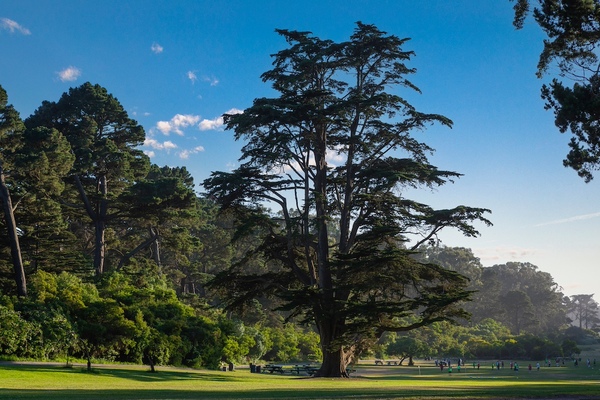
Introduction
Nestled within San Francisco lies Golden Gate Park, a verdant oasis boasting countless tree species and a sprawling botanical garden, showcasing the city's profound love of nature and dedication to preservation. One name that stands out in the park's history is William Hammond Hall, the man responsible for much of its early landscaping, including the striking cypress and tea trees that dot its landscape. In this blog post, we delve into the genius of Hall's designs and explore why these particular trees were chosen. Home to countless tree species and a sprawling botanical garden, the park is a testament to the city's love of nature and its commitment to preserving it.
The Genius of William Hammond Hall
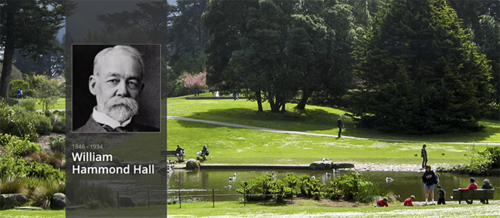
Photo Credit: https://www.tclf.org/ Cultural Landscape Foundation
William Hammond Hall is known as the father of landscape architecture in California. He arrived in San Francisco in 1852 and immediately set to work designing some of the city's most cherished landmarks. His love of nature and keen eye for design enabled him to create both beautiful and sustainable parks. Hall's vision for Golden Gate Park was to create a verdant space that would provide a respite from the bustling city. He believed that a carefully curated landscape could alleviate stress and promote well-being, and his designs for the park reflect this philosophy.
William Hammond Hall's Innovative Approach
William Hammond Hall's innovative approach to landscape architecture was truly groundbreaking for his time. Born in 1846, he became the first State Engineer of California, a significant accomplishment in itself. But it was his work on Golden Gate Park that set him apart and earned him the title of the "father of landscape architecture in California".
Hall arrived in San Francisco in 1852 when the city was still blossoming into the metropolis it would become. Despite having no formal training in landscape architecture, he had a natural talent for design and a deep respect for nature. These attributes were instrumental in his creation of Golden Gate Park, which was laid out on sand dunes, marking it as the first public park in the USA after Central Park.
His design for Golden Gate Park was revolutionary in many ways. He took a barren area, essentially a desert of sand dunes, and transformed it into a lush, verdant space. This was a major feat of engineering and horticulture, requiring the importation of topsoil and thousands of plants. Hall's commitment to sustainability is evident in his choice of plant species, many of which were drought-tolerant to suit the park's sandy soil.
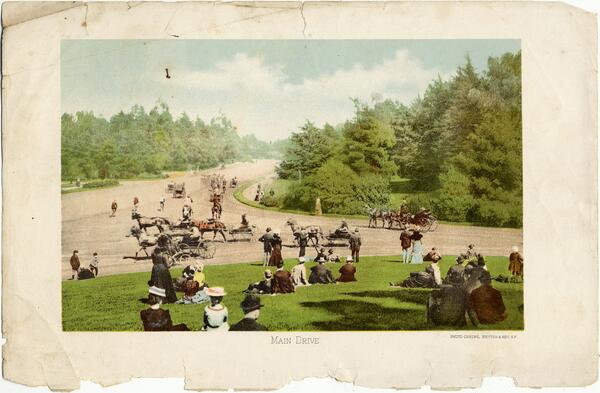
Main Drive - Golden Gate Park (Image Credit: San Francisco Public Library)
Furthermore, Hall's design philosophy went beyond aesthetics. He believed that parks should serve as a refuge from the stresses of city life, promoting physical health and mental well-being. This is reflected in the thoughtful layout of Golden Gate Park, with its meandering trails, tranquil lakes, and abundant green spaces. His vision was to create a park where people could escape the hustle and bustle of the city, immerse themselves in nature, and find peace and rejuvenation.
In addition to Golden Gate Park, Hall also made significant contributions to the campus plan of the University of California, Berkeley. When the university was founded in March 1868, there was no Berkeley campus—only an undeveloped site north of Oakland owned by the College of California. Hall played a key role in the creation of the original campus plan.
Despite his many achievements, Hall remains an unsung hero in the history of landscape architecture. His innovative designs and forward-thinking approach to urban planning continue to inspire landscape architects today.
The Cypress Trees of Golden Gate Park
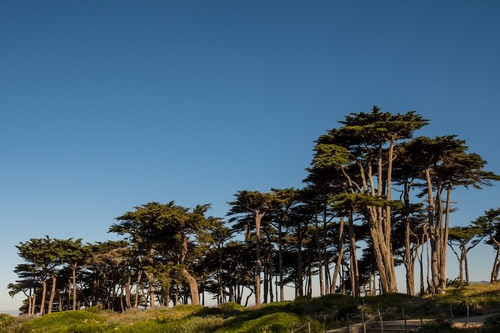
Cypress Trees in Golden Gate Park
The cypress trees of Golden Gate Park have been an integral part of the park's landscape since its inception. These trees, known for their slender trunks and evergreen foliage, create a striking silhouette against the sky, adding to the park's beauty and charm.
William Hammond Hall, the mastermind behind the park's design, strategically incorporated cypress trees into the layout of the park. He understood their ability to thrive in dry, harsh environments, which made them ideal for the park's arid climate. This decision not only contributed to the sustainability of the park but also enhanced its aesthetic appeal.
The cypress trees strategically planted throughout Golden Gate Park not only thrive in its arid climate but also provide a cohesive presence, unifying the park's diverse landscape with their striking silhouettes against the sky. Despite the vastness of the park, the recurring sight of cypress trees helps to unify the different areas and elements of the park.
In essence, the cypress trees of Golden Gate Park are a testament to Hall's vision and his commitment to creating a sustainable and beautiful urban oasis. They continue to stand tall and proud, symbolizing the enduring legacy of William Hammond Hall and his remarkable contribution to landscape architecture in California.
The Tea Trees of Golden Gate Park
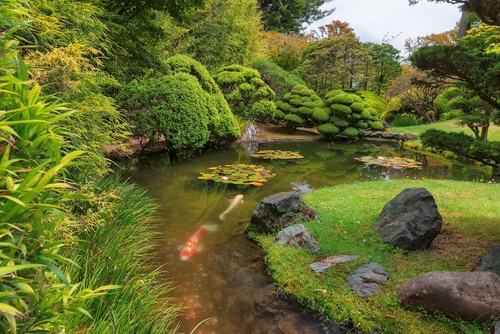
Japanese Tea Garden in Golden Gate Park
Tea trees in Golden Gate Park, scientifically known as Melaleuca alternifolia, are known for their resilience and fragrant blossoms. They enhance the park's ambiance while offering medicinal benefits, aligning with Hall's vision of a restorative urban sanctuary.
William Hammond Hall's decision to include tea trees in the park's landscape was influenced by multiple factors. Firstly, the hardiness of these trees allowed them to flourish in the local climate and soil conditions, ensuring their survival and growth. Additionally, the delicate white flowers of tea trees add a touch of elegance and charm to the park's scenery, enhancing its aesthetic appeal.
Another significant aspect of tea trees is their distinctive fragrance. These trees release a scent that is often described as calming and restorative. As visitors stroll through the park, the subtle aroma of the tea trees contributes to the overall sensory experience, promoting relaxation and tranquility. This aligns with Hall's vision of creating a space that serves as a refuge from urban stress, supporting both physical and mental well-being.
Furthermore, the inclusion of tea trees provides a botanical resource for park visitors. The oil derived from these trees is renowned for its therapeutic properties and is widely used in natural healthcare products. The presence of these trees in Golden Gate Park allows visitors to learn about their uses and benefits, adding an educational dimension to their park visit.
Today, the tea trees of Golden Gate Park continue to thrive, serving as a symbol to Hall's innovative and thoughtful approach to landscape design. They play a significant role in maintaining the park's biodiversity while also offering aesthetic and health benefits. Their enduring presence in the park underscores the timeless value of Hall's contribution to the field of landscape architecture.
The Appeal of Cypress and Tea Trees
The cypress and tea trees of Golden Gate Park are more than just a pretty sight. They are a testament to Hall's vision for a park that would enrich the lives of its visitors. By selecting hardy, beautiful, and beneficial trees, Hall crafted a timeless landscape. Today, these trees continue to draw visitors from around the world, and their presence in the park exemplifies the power of well-planned landscaping.
The Legacy of William Hammond Hall
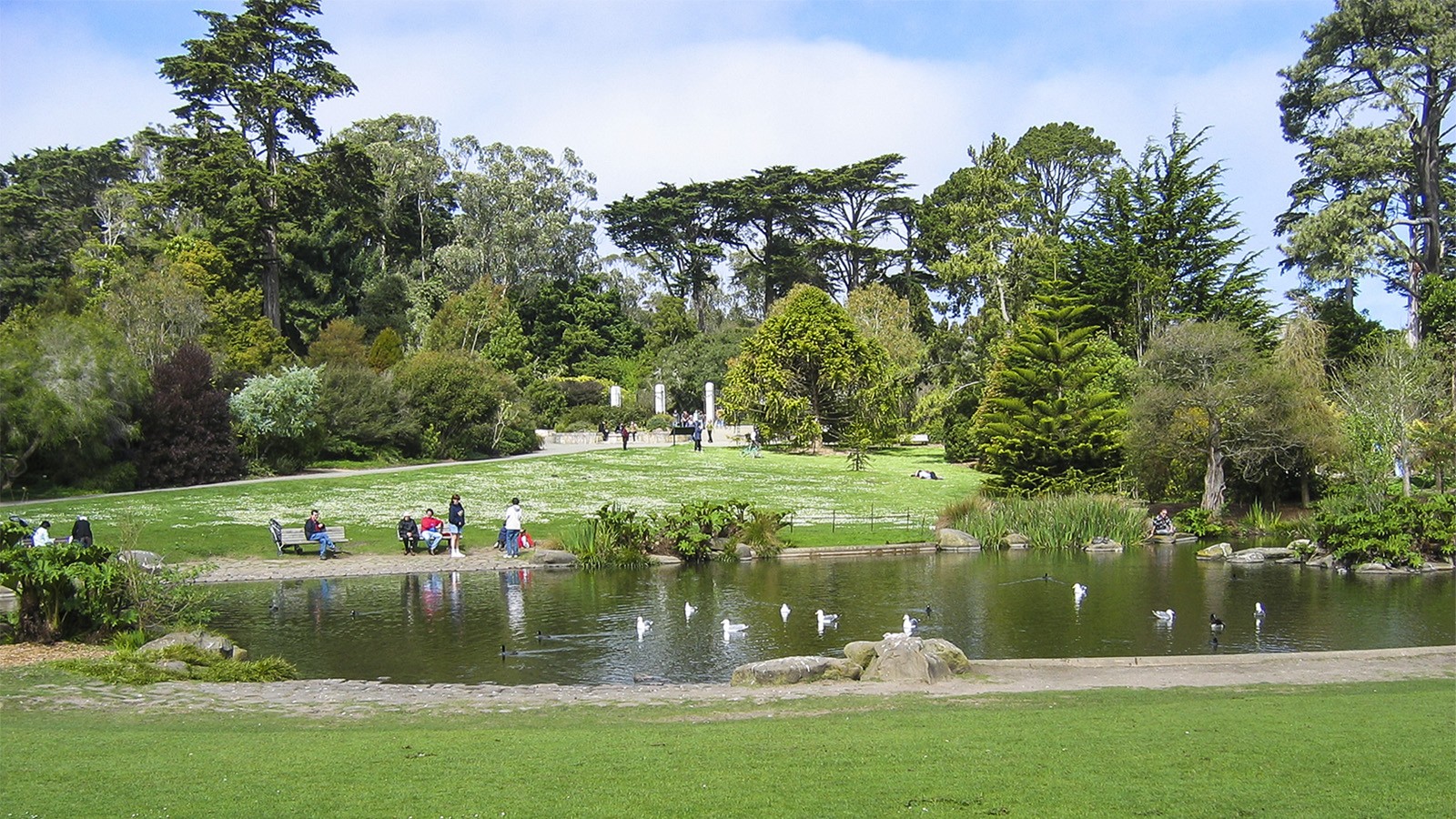
San Francisco Golden Gate Park 2007. Photo Credit: Charles Birnbaum
William Hammond Hall's influence on San Francisco's landscape, particularly Golden Gate Park, remains profound. His designs continue to inspire landscape architects worldwide, emphasizing the enduring impact of his innovative approach to urban green spaces.
Arborist Now proudly continues William Hammond Hall's legacy in Golden Gate Park, applying expert care and sustainable practices to preserve its diverse flora, including the iconic cypress and tea trees. Our collaboration with the park's stewards ensures this urban oasis remains a vibrant, inspiring space for the community and future generations. Our commitment to excellence in urban forestry reflects our dedication to the health and beauty of this historic landscape.
Golden Gate Park showcases the beauty and power of well-designed landscapes. William Hammond Hall's vision for the park was a simple one—to create a lush, green oasis in the heart of San Francisco. His choice of cypress and tea trees reflects his commitment to sustainability and his understanding of the healing power of nature. The cypress and tea trees of Golden Gate Park are more than just trees—they are a testament to the genius of William Hammond Hall and his enduring legacy, which continues to inspire landscape architects and visitors alike.





